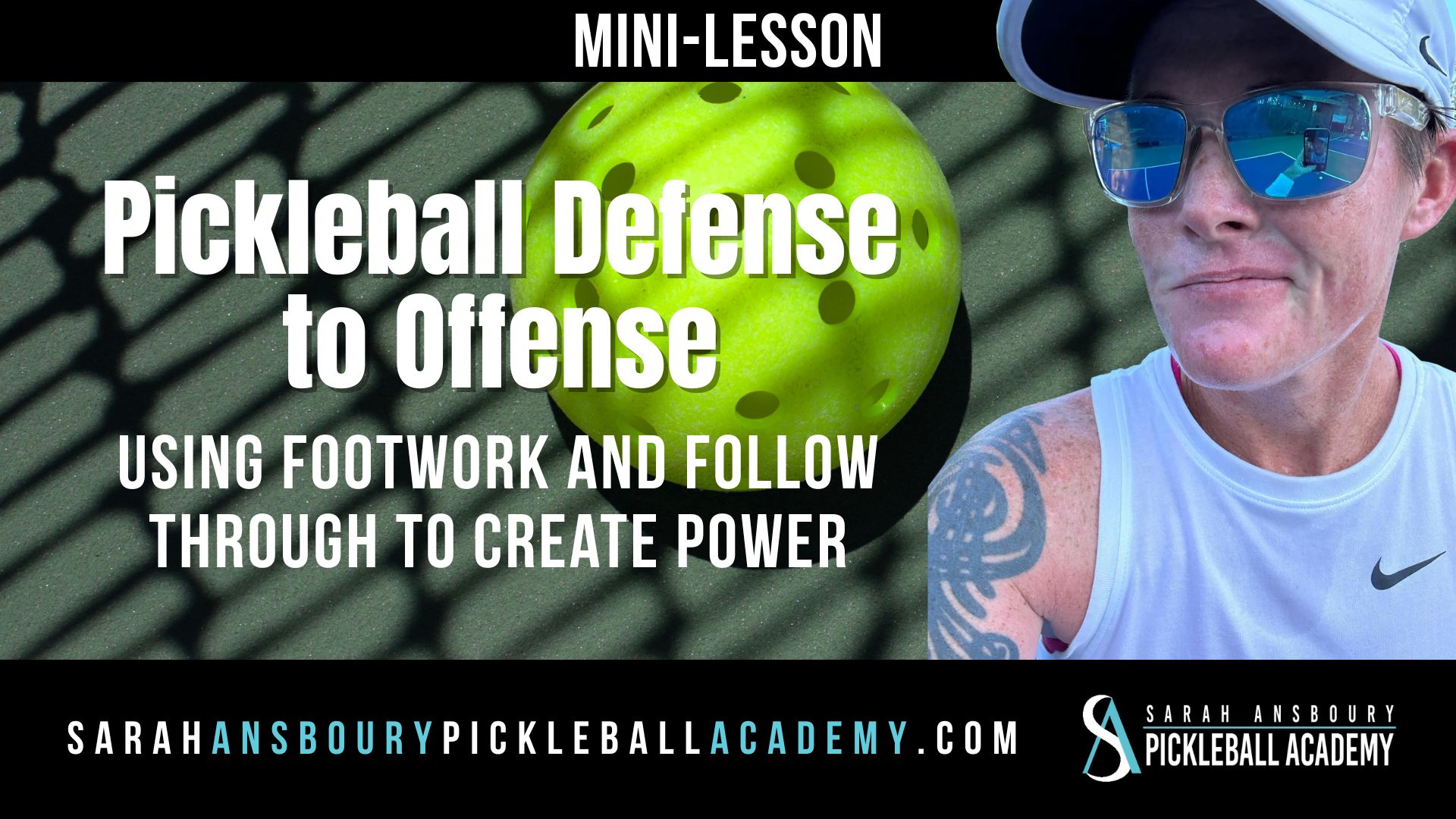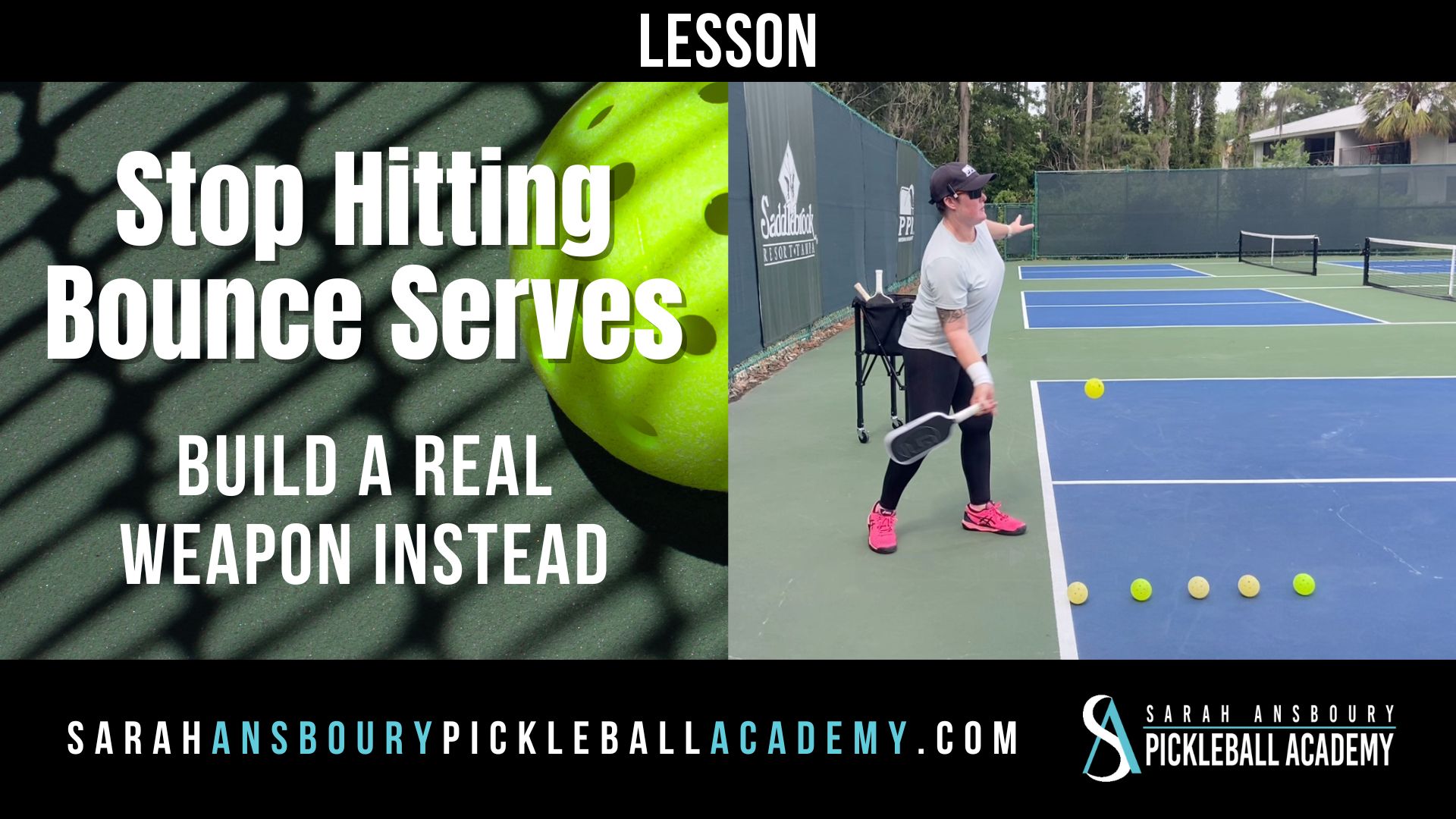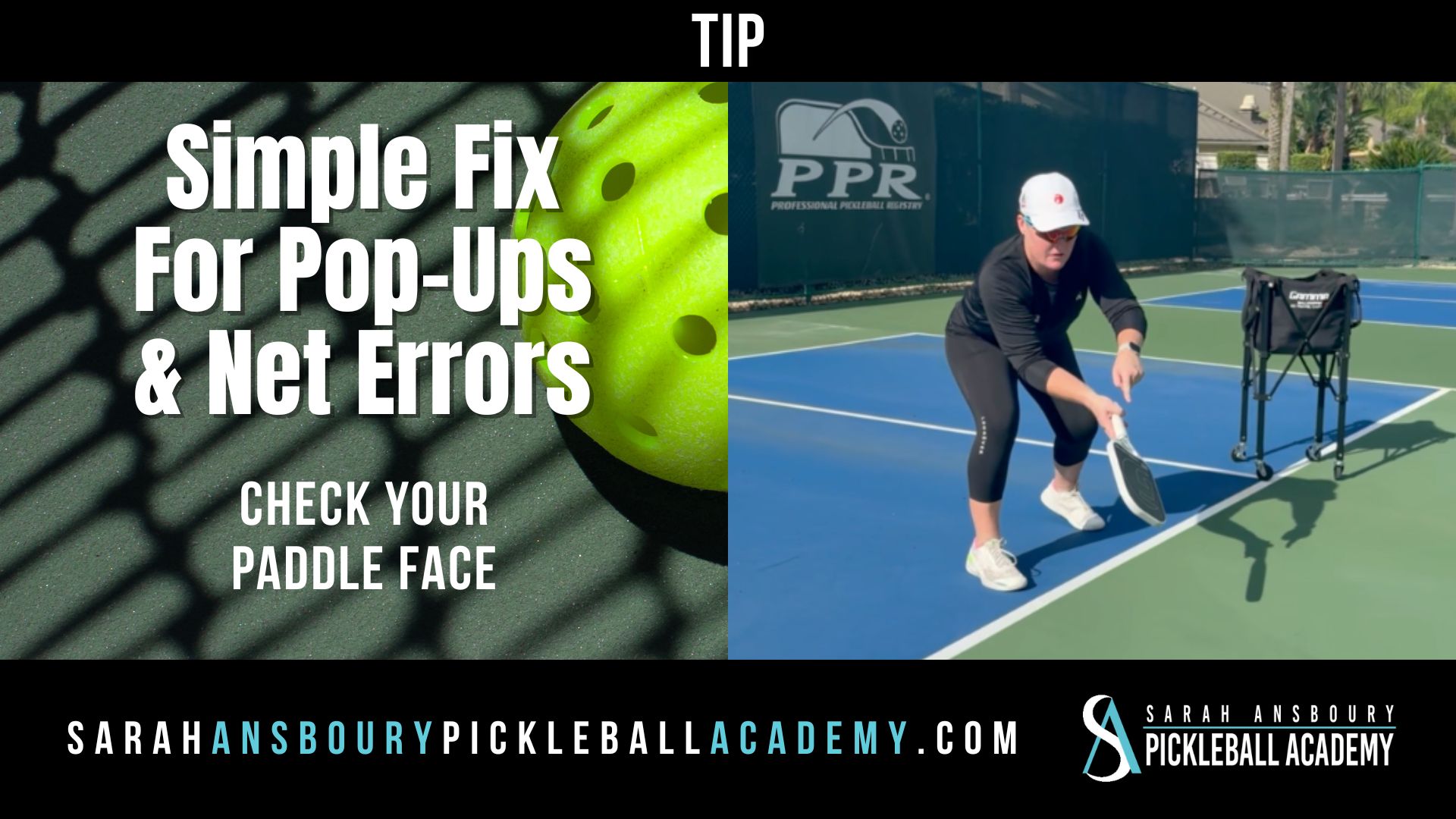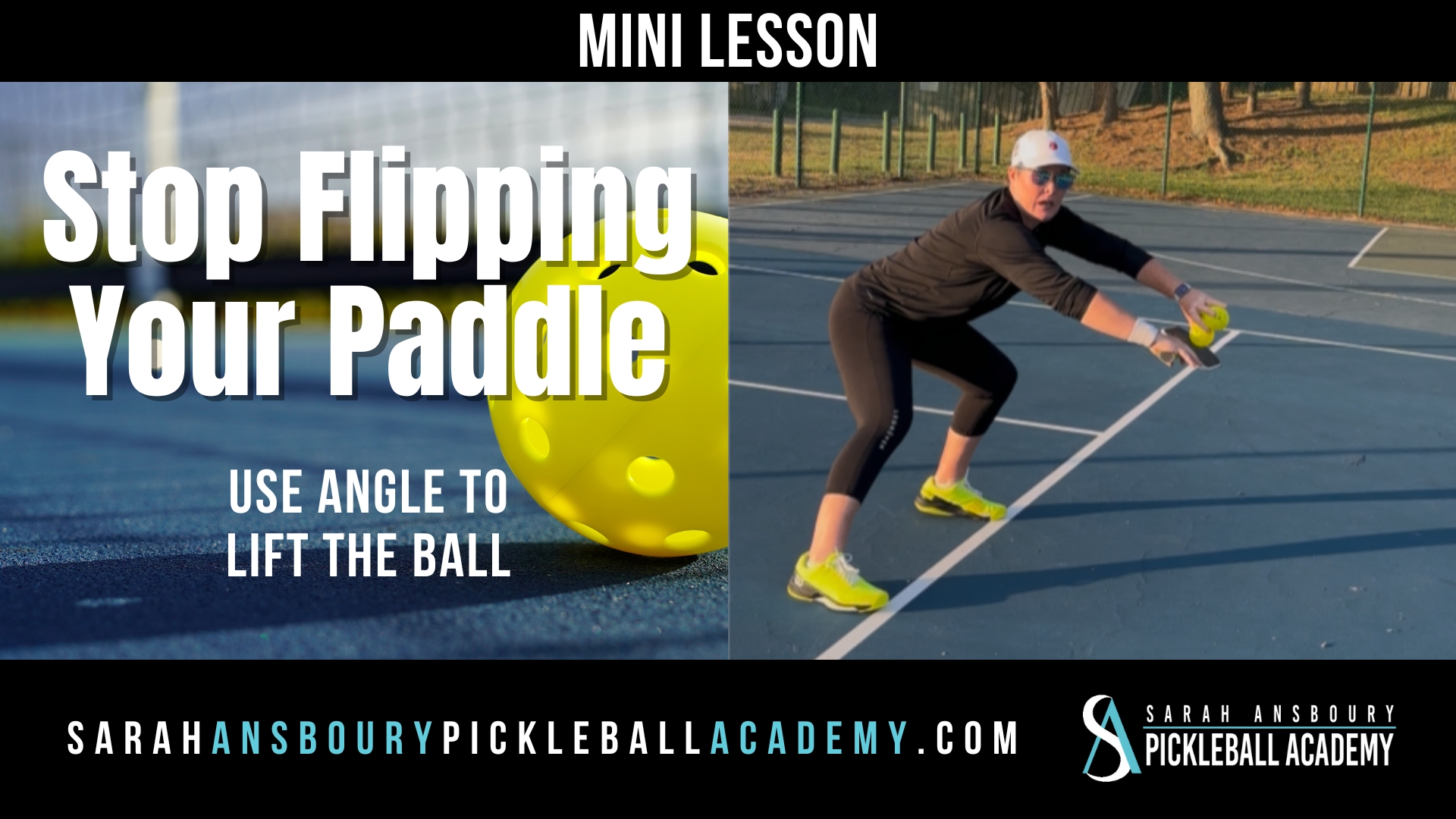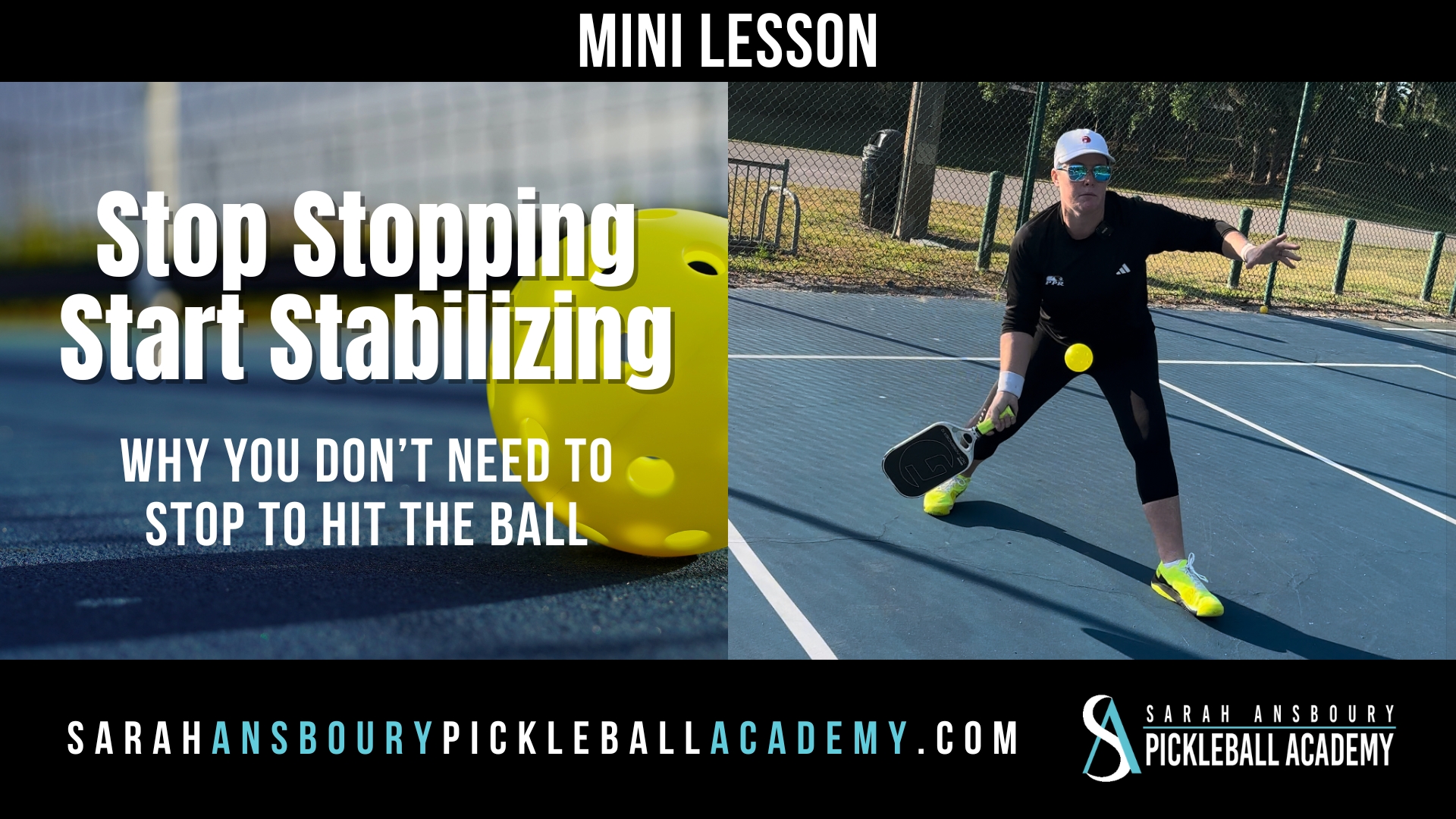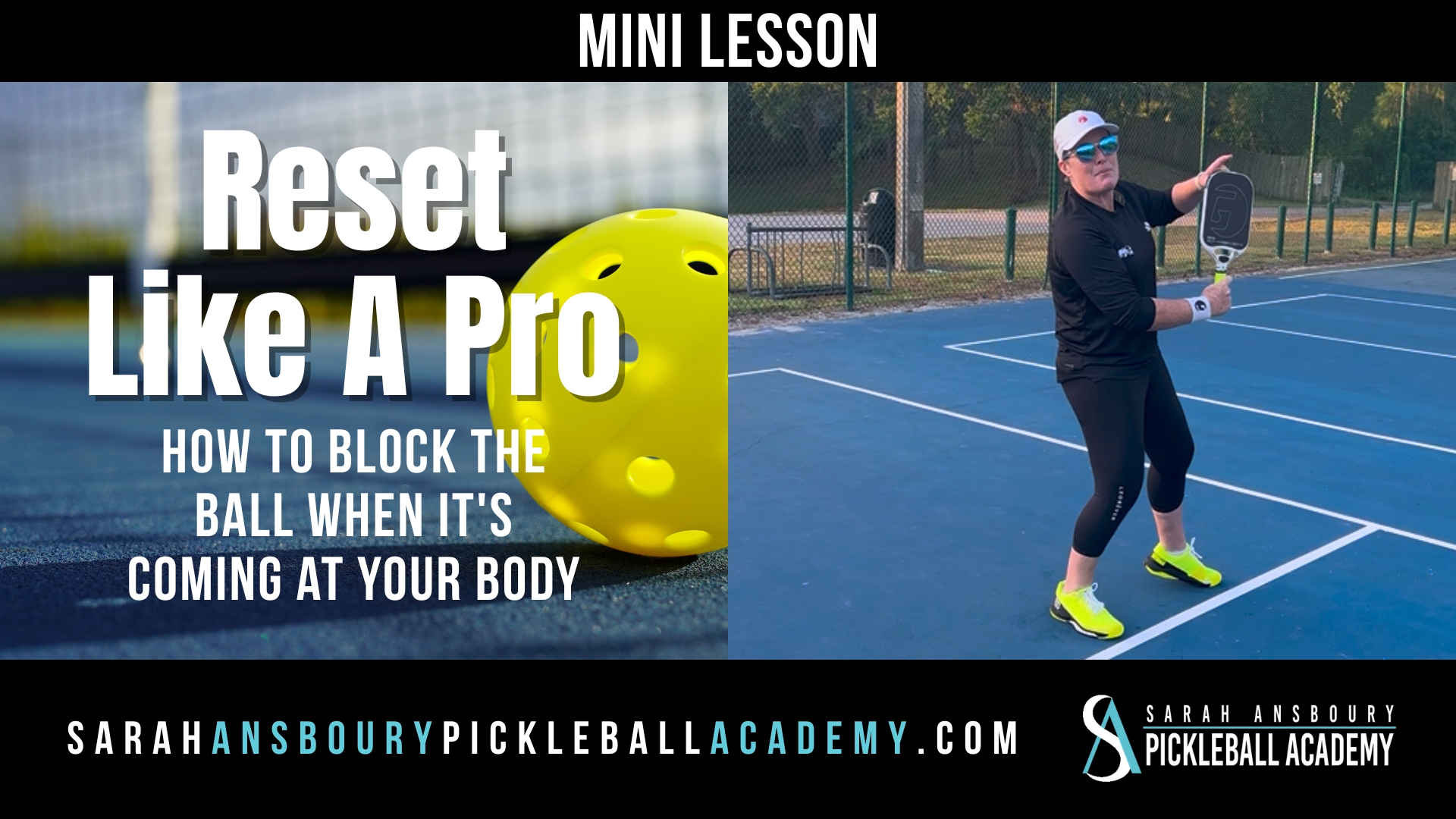Have you ever been in slam fest and wondered, “How did I get here?” Or been passed by a solid groundstroke down the line? You have to play smart when you are overpowered.
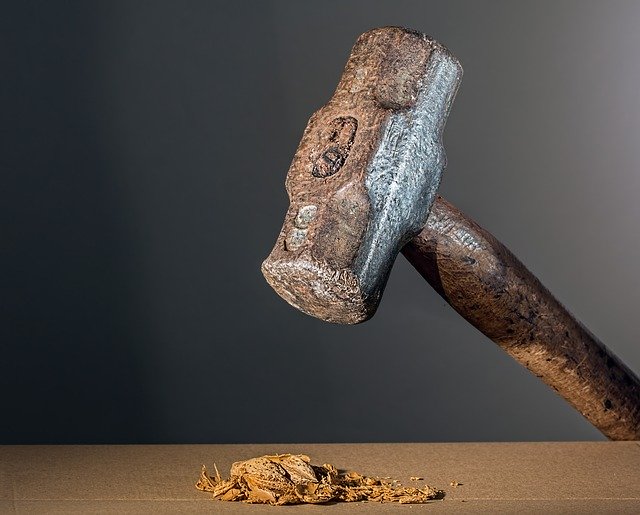
Pickleball evolution
I have written before about how pickleball has changed over the years. Perhaps nothing has changed the sport as much as the influx of tennis players into the sport. If you look at the pro level, the vast majority of players were tennis professionals or competed in tennis at the college level. In addition to bringing an understanding of efficient court coverage, angles, and footwork; these players bring speed and power into the game. Many avid pickleball players find themselves overpowered when they first encounter these players.
trying to slam back
Often times when we find ourselves in a slam fest, we end up slamming the ball back. Many times we find we can’t overpower our opponent. Being calm and playing smart is critically important at times like this. Learning to slow the ball down will help you turn a slam fest into a more even battle.
slam fest into a more even battle.
Many times I see players at the non-volley zone use all of their power to try to slam a popped up ball. They try to hit as hard as they can to end the point. Unfortunately, if the opponent is able to get their paddle on the ball and simply block it they may get the ball back. At moments like this, it is important to take a moment before you strike the ball and pick a target that is deeper (ideally behind your opponent). A well-placed ball will force your opponent to make more errors. To hit the ball deeper, think of holding the ball longer on your paddle. This will create spin and a lower bounce. In contrast, a slammed ball will often bounce short and high rather than low and deep.
serving to power
The serve is another time when we feel we have to hit it really hard. Many former tennis players have learned to use that power and return the ball even harder. Others have learned to short-hop the ball blocking the return which takes time away from the server. Instead of offering power to a power player, slow the ball down. Pace does not have to equal depth! Instead, learn to hit a deep serve at a slower pace. To accomplish this you will need to serve the ball higher…giving the net more clearance. You might even develop a lob serve. By changing the pace and your opponent’s point of contact you increase the chances your opponent will make an error.
Options
A big part of getting better is recognizing that we have more options than we think. When we are overpowered, we have an option. We can take a moment to regroup before we serve or return serve to think and pick a target. Even in the midst of a point, we have to try to place the ball. We may not feel we have the time or ability…but we have to try.

